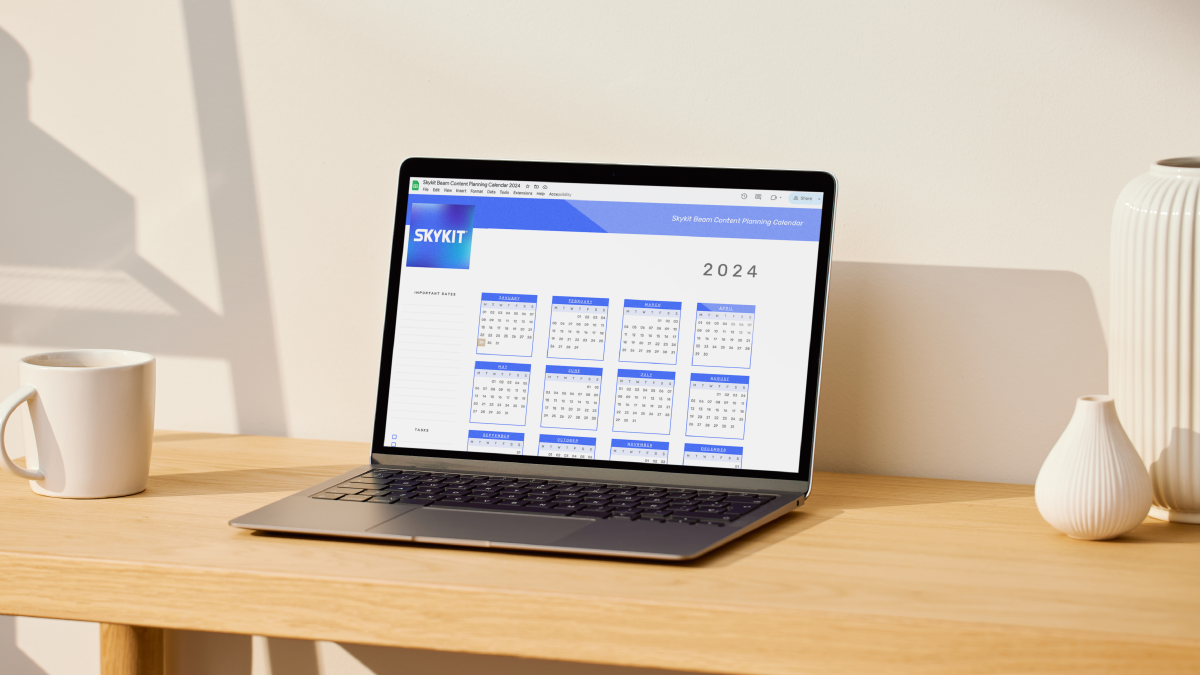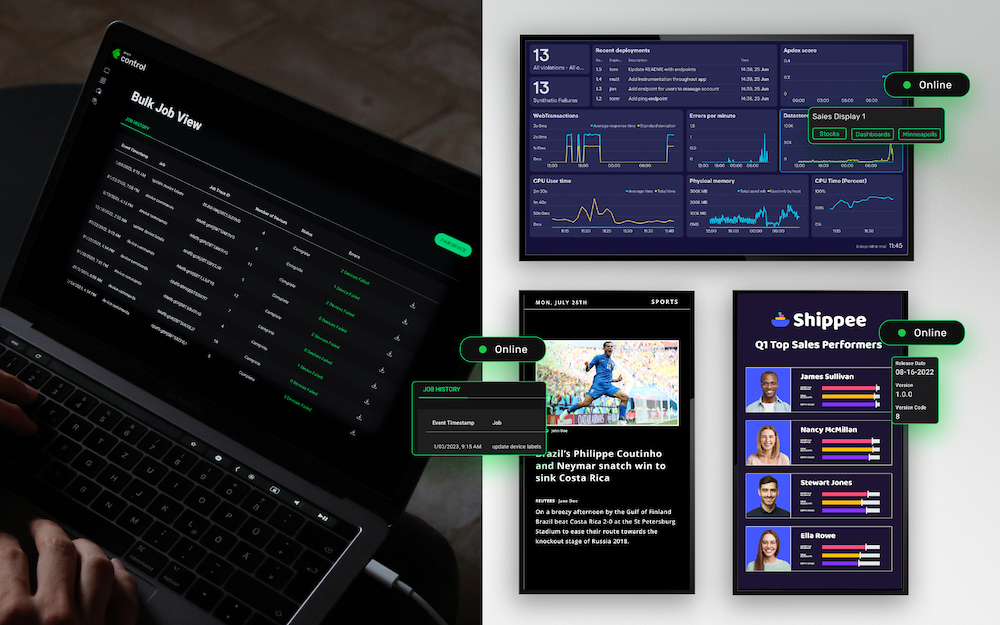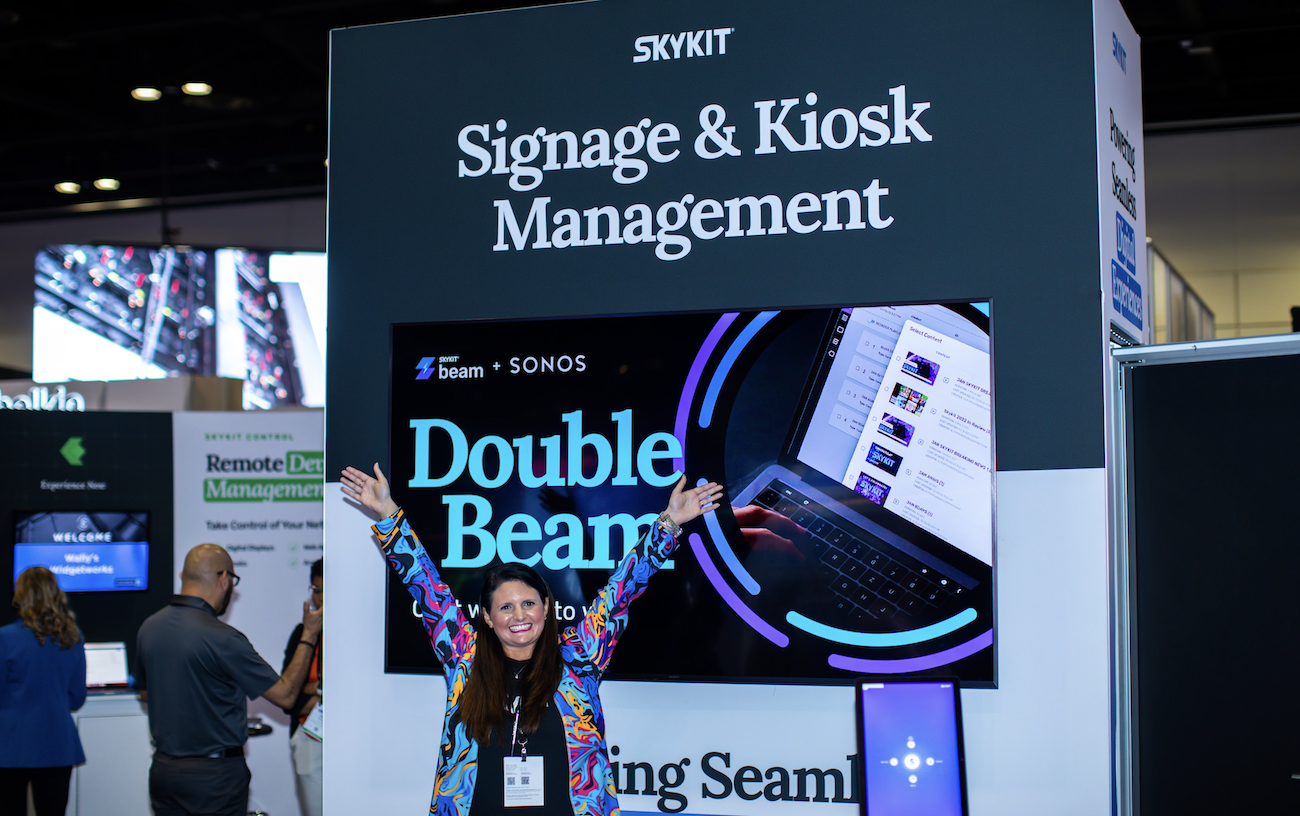If you’ve ever walked into the lobby of a college or business (and we imagine you have), you’ve likely been greeted by some superior digital signage. Well good, because digital signage for lobbies is a great idea.
If you haven’t, it’s only because that company hasn’t yet embraced the power of a digital greeting. Yet those that have are seeing some incredible results.
Lobby display software is fast becoming one of the more popular ways to attract attention to potential customers that walk into your business.
It’s the first thing they see when they push open your doors, and the last thing they see when they leave for the day. Because of this, it’s crucial you make a strong and lasting impression.
So what kinds of businesses are using digital signage in their lobbies? Why are they using it? And how are they benefiting by putting an interactive and colorful monitor front and center?
Here are 8 examples of how different companies use digital signage in their lobbies in powerful ways.
Signage Use In Lobbies
1. To Show They Care
When a business can genuinely personalize an experience, they’ve won over the customer. Hotels are using interactive signage and lobby display software to provide local attraction information, suggest unique dining experiences, and offer guests the option to post pictures of themselves having a blast during their stay.
While attraction and dining information can be found by summoning Siri or Cortana on any of our mobile devices, hotels want to pull travelers out of their rooms and into the heart of their establishment: the hotel lobby.
Giving guests an opportunity to post pictures of their adventures for other travelers to see is a gesture that the business is genuinely interested in their clientele.
And when a business shows they care about their guests, those guests are more likely to book again and tell others about their stay.
Some hotels are even linking their screens to social media platforms so they can directly interact with guests when promotions or other events coincide with what they think their guests might enjoy.
This means if you’re out and about touring the city and a special at the hotel restaurant pops up, you’ll be alerted so you can get first dibs on the promotion.
It’s a win, win.
2. To Inform and Inspire
Digital signage has been a part of the college experience since the early 2000’s. Originally utilized for PowerPoint presentations and to inform students and faculty of time-sensitive information, the digital signs proved useful in the more populated areas on campus.
Today they continue to deliver that same information and then some, broadcasting class changes, emergency information, and even interactive touch screen maps to help newer students find their way around.
When alerts or class changes aren’t dominating the screen, inspirational quotes and images are an option. Doctor’s offices have also found value in creating a carousel of powerful quotes to curb boredom and improve patients’ moods.
3. To Sell Homes and Properties
Realtors and agents are evolving into the digital industry faster than ever. While traditional real estate publications still grace magazine holders in broker offices, digital signage kiosks are quickly taking their place.
Before a client even reaches the back office of an agent, they can first see what homes are for sale in their area.
The signs or kiosks provide more than just imagery. One of the pluses for agents is a feature that offers live data integration. This option allows the viewer to bring up the most relevant information as it changes in the real world.
If a listing price changes at 4pm in the afternoon, the user at the digital sign will see that change when he or she views it at 4:01pm.
Area Maps and Wayfinding is also a plus within Lobby display software platforms. These applications allow the user to see comparable listings on an easy-to-compare map, and how far away they are from the original property of interest.
These kinds of options can save a realtor time and money because they don’t have to drive potential buyers around town. And while that’s all part of the fun, so is pushing buttons and looking inside someone else’s home from the lobby of a real estate office.
4. To Feed the Masses
If you eat at Panera or McDonald’s, you may have noticed in the last year or so that things have changed. Touch screen order kiosks now greet you when you walk in.
Not only does this save the customer time, it saves the business time, too. So instead of ordering from someone that might be having a bad day when you ask for extra cheese on your favorite sandwich (and ultimately turn your day into a bad day), you can quietly order off of a colorful screen, pick up your sandwich at the window, and head off to eat your extra cheese in solace.
Digital menu boards are becoming more and more visible across the restaurant landscape. From menus on the wall above cash registers to table top menus at restaurants like Applebee’s and Olive Garden , ordering from the table is now both fun and educational.
Not only can you order a second drink or additional appetizer while your waitress takes her own dinner break, but you can play a game or two while you wait for a second helping of salad and breadsticks.
5. To Heal the Sick
Hospitals still have some catching up to do in utilizing digital signage, but they are making their way, nonetheless.
Many hospitals are using digital signage in their main lobbies to share stories about donors or cancer survivors. Others offer information on gifts and donations that were given to the hospital.
Even more are are utilizing the technology in the waiting areas of their emergency rooms. Digital signs offer wait times so visitors can gauge how long their stay will be.
Some use a numbers system to ensure patients are seen in the order in which they checked in.
Even the lobbies of hospital cafeterias are taking advantage of the technology. From posting cafeteria hours to weekly sandwich specials, visitors can be informed immediately upon arrival.
And who doesn’t want to know when the tuna on rye is available?
6. To Entice Potential Clients to Buy
Corporate offices, both big and small, are turning heads with their products and services by making them the first thing potential clients see the second they walk in the door.
Using wall-mounted displays or kiosks, companies are planting their digital signage in main entrances to showcase product reviews and testimonials.
Even Twitter feeds can be displayed to make the company’s accolades appear timely and socially savvy.
Those that want to take interaction a step further can offer a QR code for visitors to scan with their smartphone. The code allows them to engage in a call-to-action by answering a question, entering a contest, or adding their own testimonial to the already ongoing feed.
By creating this kind of engagement, businesses can begin creating a connection with potential clients before they even shake their hand.
7. To Direct Conference Attendees
Large summits and conferences can be difficult to navigate for any attendee. That’s why conference centers, hotels, and colleges use digital signage in their lobbies to guide conference goers.
For many attendees, the digital sign is the first thing they look for.
These informational screens include everything from breakout session times, what’s for lunch, and who the sponsors of the event are. Wayfinding can also be incorporated, especially if the event is being held on a large campus or multiple floors of a hotel.
Because social media is so deeply integrated into our lives, live feeds and posts related to the conference can also be posted on your conferences lobby display software.
All in all, the lobby display software can be the light at the end of the tunnel for a first-time attendee or far away traveler.
8. To Make You a Millionaire
The Ontario Lottery and Gaming Corporation has been utilizing digital signage for quite some time.
But for the first time ever, it conducted a grand prize event across 19 slots and casino venues in the province with a $1,000,000 Swipe-Stakes for loyalty members.
A series of digital messages in all locations counted down the live grand prize event in 2015. Roughly 224,000 loyalty program members entered the contest, many of whom tracked the countdown on screens throughout the province. The winner was on site at one of the locations and knew within seconds that he was a millionaire.
If the Ontario Lottery can use live digital signs for a $1 Million dollar casino draw, any organization or business can do the same to raise money, conduct their own lottery (and if it’s for a million bucks, that’s just incredible), or exchange shares across various screens in different locations.
The possibilities are endless.
Turning your lobby into a digital greeter with lobby display software can move your business or organization into a direction that serves both you and your potential client in various ways.
Conclusion
As you work to determine your digital strategy, start by finding a lobby display software that will help you get the most out of your lobby signage.
The last thing you want are headaches and hiccups. Using a software that includes apps for wayfinding, social feeds, custom graphics, and whatever else you need to show up loud and clear is a great start.
In what unique ways have you seen digital signage used in lobbies that has encouraged you to engage?



